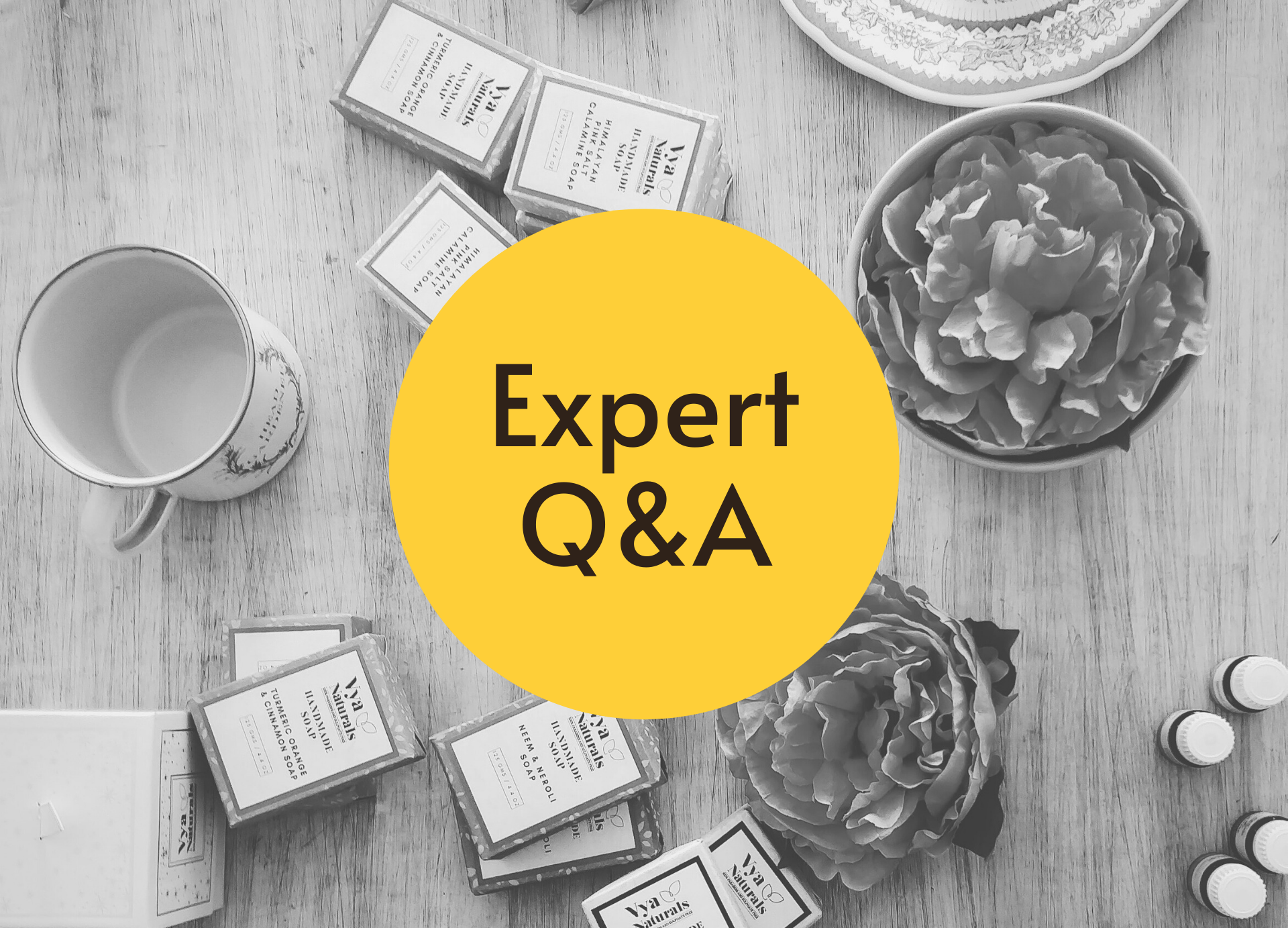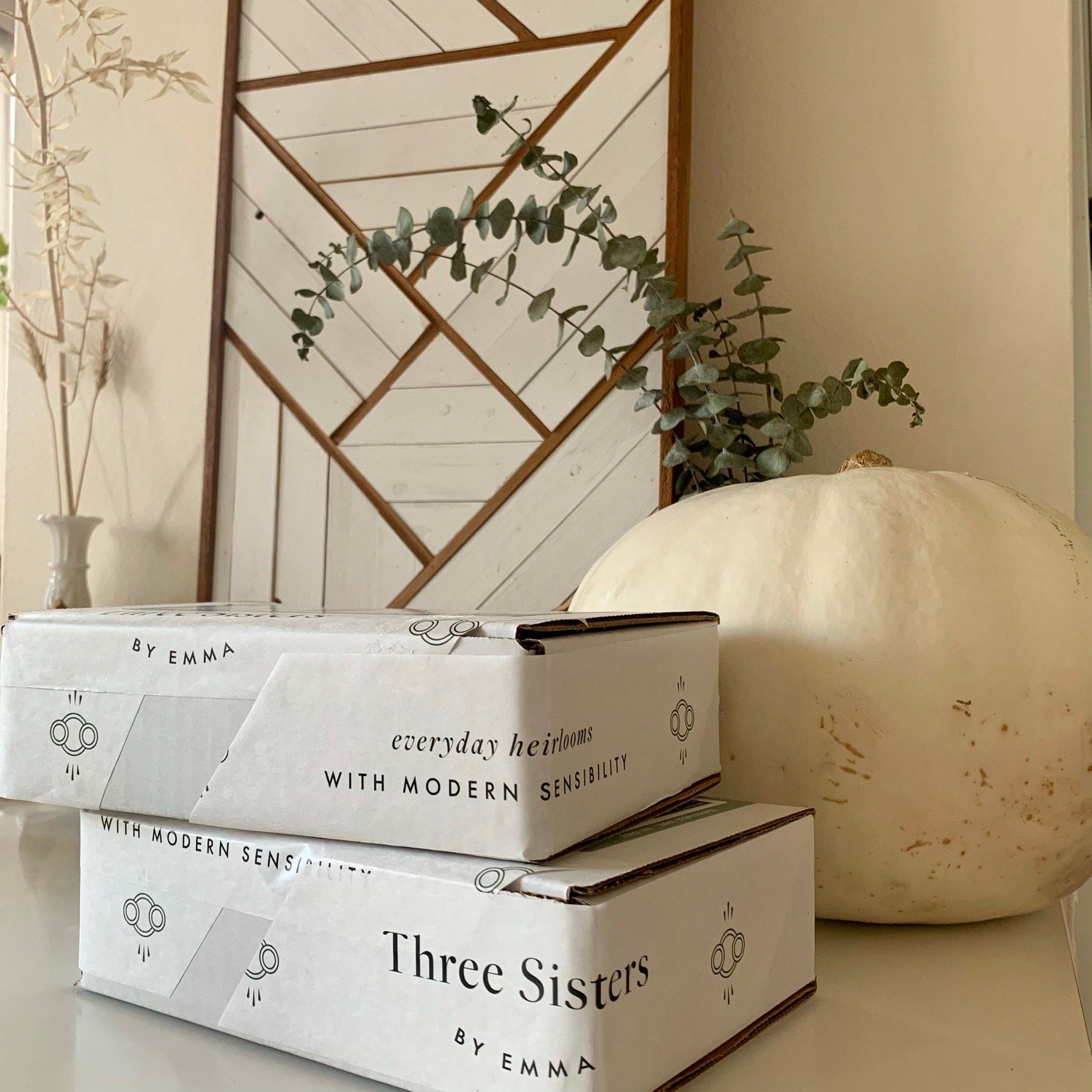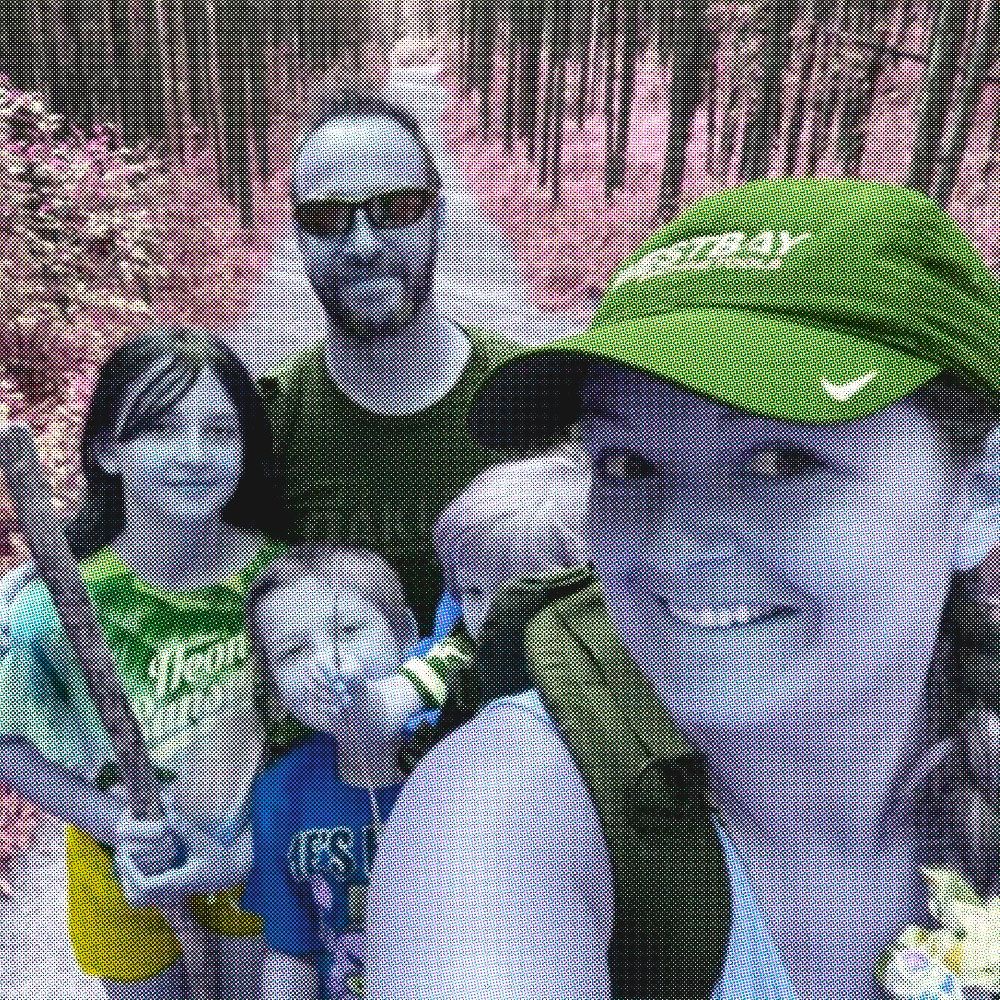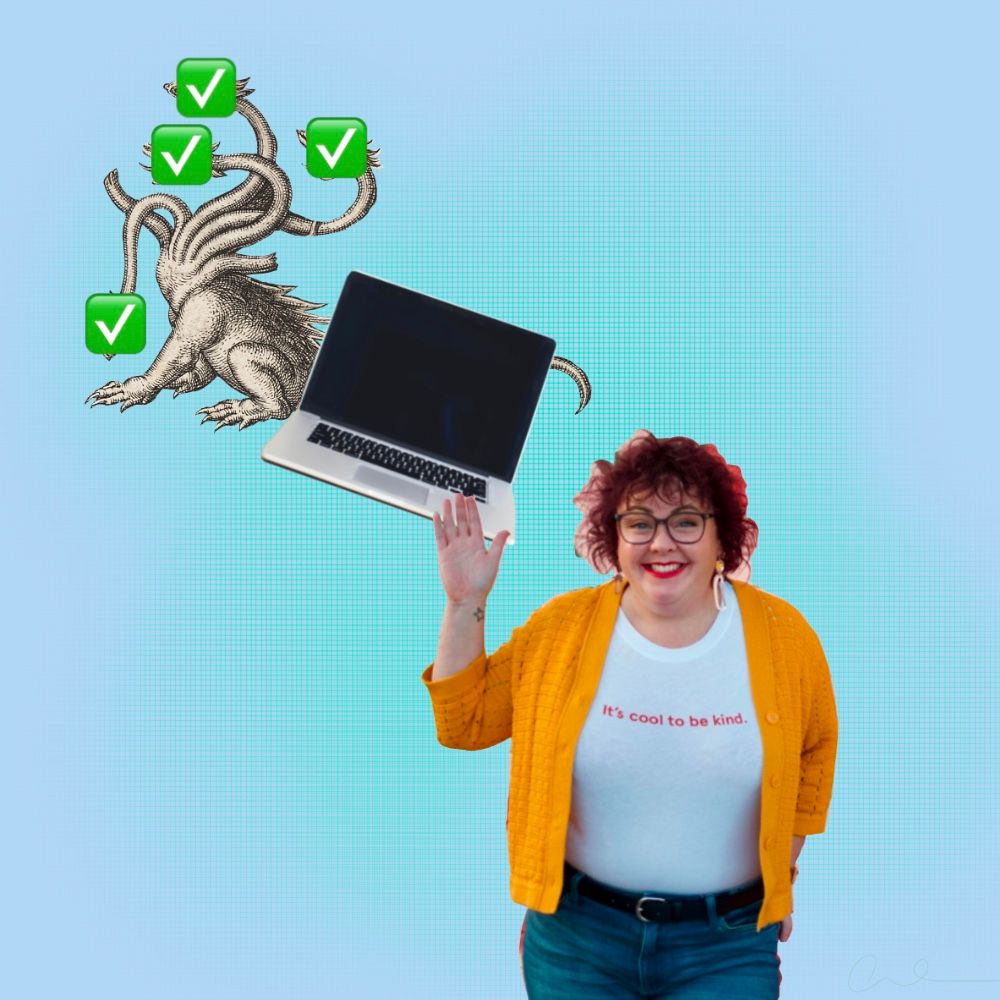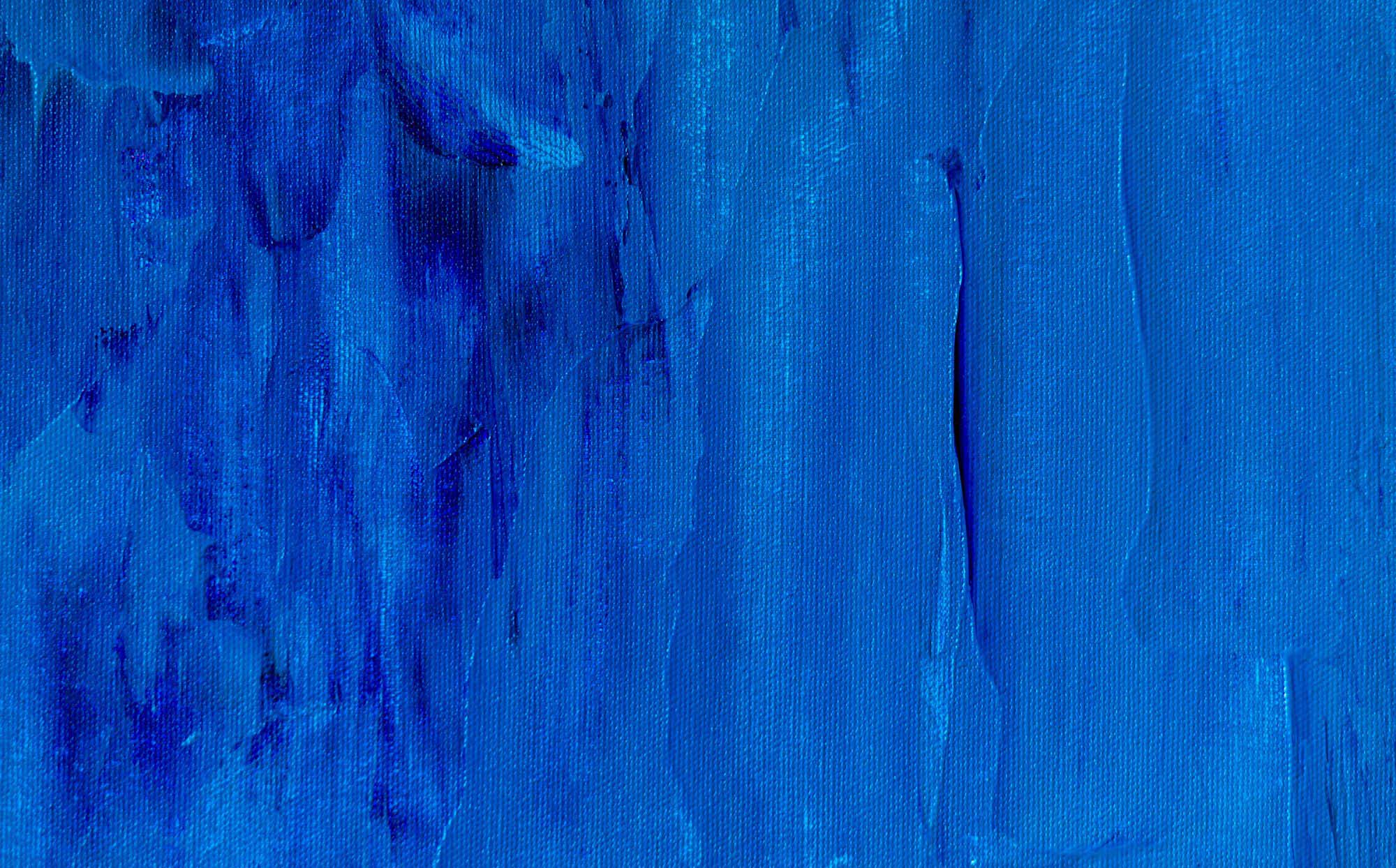Your brand is more than just a name and a logo. But how do you get started, and what do you need to think about? One Workshop member asked us: How do I create a brand identity? We chatted with Janelle Desrosiers, founder and creative director of design agency Bloom + Brilliance, to get her advice.
Workshop: What does it mean to have a brand identity?
Janelle Desrosiers: Every business has a brand, whether or not you're trying and whether or not you have control of it.
The brand is an all-encompassing framework for everything that communicates something about your company. Whether that's visually, a retail experience, your customer service, your social media, your videography or the types of fabrics that you use — even the values that you operate by — all of that comes together to create your brand. Also, the people that you serve help to both inform your brand and to create it.
A brand is a living organism. It's not something that's static. It grows over time, with feedback and with use. Sometimes your brand ends up having a life of its own because of how your audience is relating to it, and they can create and take your brand into a direction that you didn't even think it was going in. Which is something that's really cool about branding, I think.
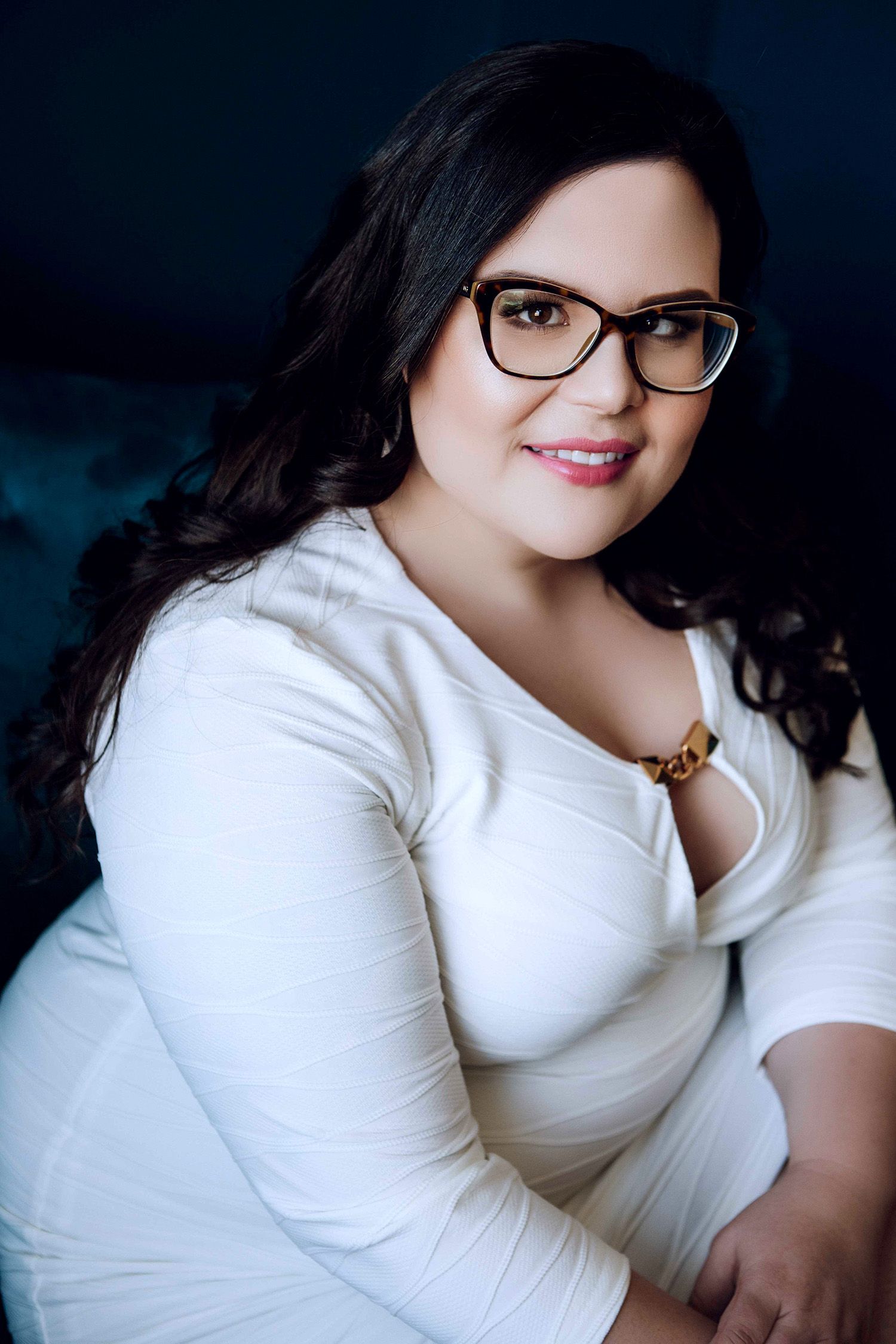
W: I like how you said that whether you're trying or not, you have a brand. I think that's really important for people to think about.
JD: You know, there are so many costs involved in starting a business. There's so much work to do. A lot of people think they can put the brand on the back burner, and to a certain point I definitely agree. But you don't want to leave it too long, because you want to set it up so that there's intention behind the brand. And that also helps inform the work that you do.
W: When you're in a product-based business like our readers are, some of the products are extremely distinct, but some of them are less so, and it might be harder for the product to stand out. Is that a case where the brand could make you more distinctive?
JD: We're so oversaturated with all of the marketing that's pushed on us all the time, and it's challenging to break through. People are looking to connect on emotional and values-based levels with the companies that they're supporting, especially because of everything that's happening in the world. So be really, really vocal. Not just with your voice, but with your visuals, with your social media, with the conversations that you're having. The more you can communicate your values to your customer base, the better. Because it helps create an emotional connection that stands out.
W: That leads me into how to get started, because you're talking about values, and that's different from picking a colour scheme or a logo. Is it values that you recommend people start with?
JD: Absolutely. At Bloom + Brilliance, before we think about colours or anything like that for our clients, we really get to know the business, because the business informs the work that we do and how your brand comes together. We take a really good look at at your values, your purpose, your mission and how your business operates. Then we take a look at what other companies in the same sphere are doing. And we let all of that inform the strategy.
Everything about branding is part art, part science.
Everything about branding is part art, part science. It's not just about a pretty palette of colours that go together. It's about what those colours mean. It's about the overall feel that fonts have. It's about music or textures or fabrics, if you're designing a retail space. Everything goes into that brand process and the experience that it creates for your clients or your customers. So it's really good to have your values and your purpose outlined so that we can always go back to that and make sure that what we're doing is in service of those values.
W: To what degree are you committed to these decisions?
JD: It’s hard, because it is an investment. Whether you're paying for social media templates or a logo or having thousands of business cards or postcards printed, there's a hesitancy to change things because you've already invested in something. But if your brand really isn't working for you, then you're just holding yourself back. And I guarantee that that inaction is costing you way more than reordering business cards would.
You want to do the work that's required to build something solid. But it's good to keep in mind that you will have to tweak as you go. There are certain things that might have to be changed or built up on over the years. And that's just part of running a business. There are always things that need to change, and your brand is one of them.
W: Let's talk about that upfront work then, starting with a business that doesn't have the budget right now to hire someone. How would you recommend that they start on the brand identity process?
JD: There are tons of DIY brand resources — we have a guide on our website. When you're at the research phase, the more resources, the better, because all the different agencies have their own lens of how they view things. Download some workbooks, see the questions that are being asked and think about your answers. Even if you don't do anything immediately with that, at least you'll have something more solid in your mind of what your brand is and what you're trying to achieve.
Most of us, and most of the people that we've worked with, are women starting side businesses. And women — especially women of colour — don't have access to funding the way that the average white man does. So when we're making financial plans for our business, we're often looking at what's left over after we've paid for our family to survive. The dollar amounts can be really scary when you're thinking about investing in that business. And because of misogyny and the messages that culture sends us, we're often not confident in what we're doing, and we feel guilty, or we feel like we're not deserving of investing in ourselves financially.
So it's okay to start small. Most of us start with just a wordmark, which is basically the name of your business in a font. It's okay to pick and choose what's important for phase one, and what's important for phase two and make those plans down the line.
I personally, and professionally, believe in a “good enough” standard. You might have a logo that you threw together and it's good enough. It's serving its purpose; it's getting you to where you need to be. I never advocate for doing something that makes you feel uncomfortable or that's going to put your family in financial jeopardy. If you're busy and your business is growing, what you've got is working well enough. And you can wait until you're in a good place to invest more.
W: And for a business that does have the budget to hire an agency or freelance professional to help them, what are some tips on finding the right person and working with them?
JD: I’m a pretty instinct-based person, so I would say listening to your gut is really important. But also looking at reviews. Make sure you like their style of work. Some designers have a signature style, and others are more fluid. You definitely want to work with someone whose work makes you ecstatic, inspired and excited.
W: Are there any mistakes that you see small businesses make with their branding?
JD: The number-one mistake I see is business owners confusing their personal taste with who their business is. You are your business, for sure, and your business is you. But your business is also the products or services that you offer, and the community you're serving.
The other mistake I see clients making — and it's hard to call this a mistake, because I totally understand it — is that they remove themselves from the process. Business owners are so busy. They just want to run their business. They want to hire professionals who can take care of everything for them. I understand, 100 percent. But we're not experts on your business when we first meet you. We get to be experts on your business by you sharing your business with us. We really need our clients to be in a space where they can share about themselves, about their business and all the intricacies and frustrations, and their big wild dreams so we can do our best work.
Janelle Desrosiers is queer, Métis and two spirit, and the founder and creative director of Bloom + Brilliance, an Indigenous women-led and feminist design agency in Winnipeg, the heart of Treaty 1 Territory.
Submitting questions to our experts is one of the perks of being a paid Workshop member. Why not check out our membership plans? If you’re already part of the community, send your questions via our ask the experts submission form.

